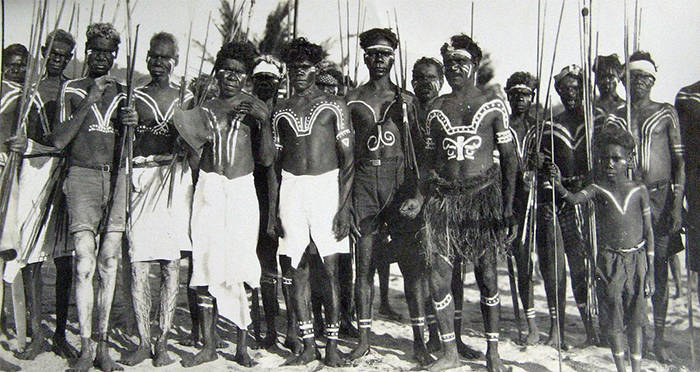Collaboration in the economic field was broad in scope and of utmost importance, but in this field civilian agencies played the major role. Although Canada, as one of the leading industrial nations of the world, did not request direct lend-lease assistance during the war, a certain amount of war material and a much larger amount of industrial goods were sold to Canada
through lend-lease channels as a matter of administrative convenience. To pay for them, the Canadian Government maintained a dollar fund with the United States Treasury. The total of defense materials and services that Canada received through lend-lease channels amounted in value to approximately $419,500,000.
1 Of this total, only $167,158,000 represented War Department shipments. Nearly 56 percent of the War Department shipments, in value, consisted of ground material including rifles, revolvers, antiaircraft and machine guns, ammunition of various types, and trucks. The remainder was aircraft and aeronautical material.
2 By far the great bulk of goods and material that Canada purchased in the United States was obtained from American suppliers by direct negotiation with them. Army representatives of the War Production Board handled the allocation of controlled materials for these Canadian orders. The appropriate supply services of the United States Army cleared and scheduled the desired production. Some idea of the scope of economic collaboration can be had from the fact that from the beginning of 1942 through 1945 Canada, on her part, furnished the United States with $1,000,000,000 to $1,250,000,000 in defense materials and services. From September 1943 to September 1945, 14 percent of Canada's total war production went to the United States


